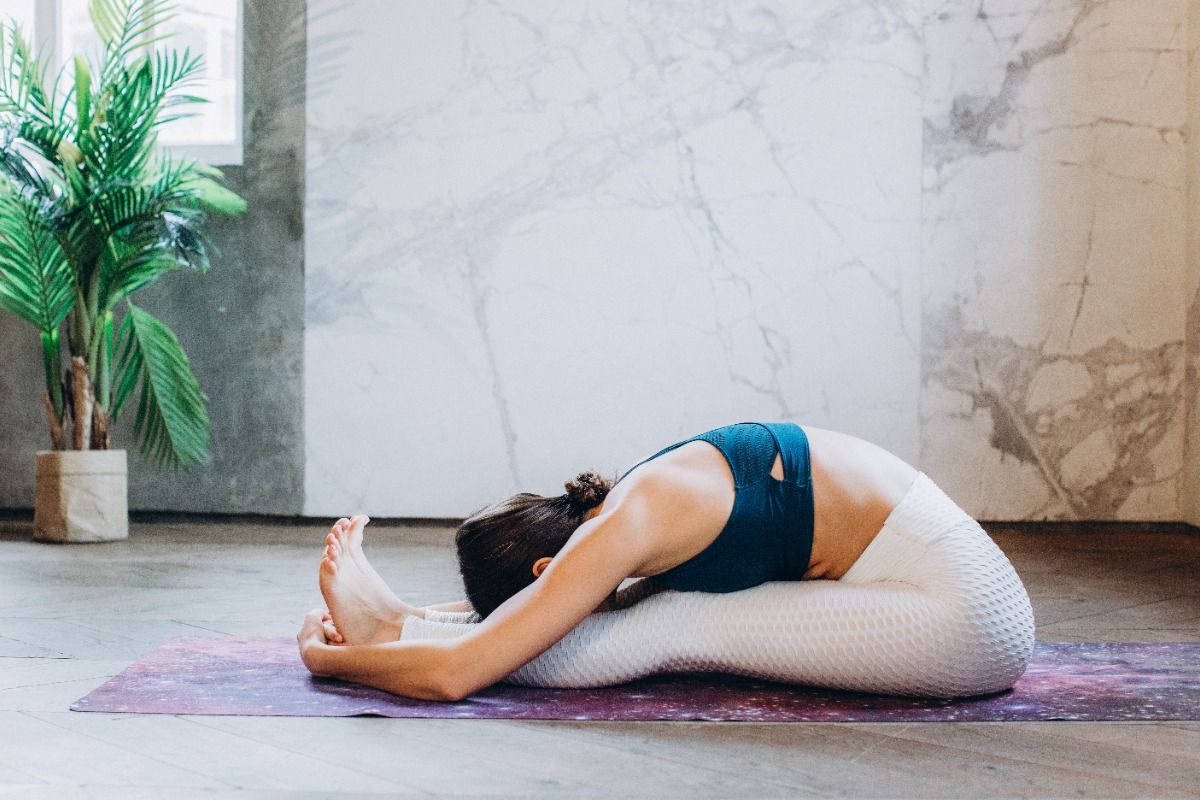
Many people neglect to stretch before and after a workout because they don’t truly understand the benefits of stretching. Why should you stretch? The most common reason is to prevent injuries from working out, but there’s more to it than that.
Most people half-heartedly stretch and think of this activity as an after-thought, because they put more effort into their main workout. Many individuals even forget to stretch and don’t stretch at all before and after their workouts.
Why should you stretch? For starters, studies confirm that stretching both before and after your exercise routine is vital to your physical health. Stretching before your workout warms up your muscles and prevents injuries. Meanwhile, stretching after your workout is equally important as it reduces soreness and helps relax the tired muscles you pushed beyond their normal limits.
Remember, stretching is a way you can keep your body more flexible and agile while reducing muscle soreness. The act of stretching gives your body a better range of motion that feels more seamless and fluid. With stretching, you can give your body the flexibility to safely complete your routine, and stretching can improve your performance at the gym as well.
The key is to warm up, and never stretch while your body is still cold. When you’re stretching after you’ve warmed up with some jumping jacks or other warm-up exercises, don’t push too hard until you feel pain, or you’ll do more damage than good. Knowing the basics of stretching can help you with proper execution. Below you’ll find more details on the benefits of stretching to encourage you to do it before and after your workout:

Mitigate the Risk of Injuries
When you start off your workout with a warm-up and a stretch, you give your body a better range of motion. Since you elongate your muscles with stretching, you minimize the chances of tearing muscle fibres and tissues. Injuries like these often happen when you push your body too abruptly. Going straight into exercise without a proper warm-up and stretch means your muscles are tense. Tight muscles mean you are more susceptible to injuries.
In contrast, stretching loosens the muscles and improves your coordination. Stretching awakens muscle memory and re-establishes the pathway of the mind to the muscle, resulting in more agile movement. This allows you to freshen up your techniques, assuring safe movements as you finish your workout.
Better Overall Physical Performance
When you stretch, you get oxygen-rich blood flowing and pumping throughout your body. This will relieve pain and reduce injury as it aids in movement and ensures better mobility. Keep in mind, lack of oxygen flow will impede your performance because oxygen starvation causes your muscles to contract.
You can feel aches and pains when you start vigorous exercise, especially in areas like your joints, where they typically lack a supply of oxygenated blood. But with good circulation, you’ll have fresh oxygen all over your body to boost energy, reduce injury, and improve performance, whether it’s cardio, strength training, or sports.
Besides, elongating your muscles and reducing tightness in your connective tissues through stretching gives you more freedom of movement. For example, you intend to do squats, then performing a quad and hamstring stretch assures that your squats will be deeper and executed with much better form. After the squat, you can readily transition into lunges without issues.
Minimize Feelings of Fatigue
Wouldn’t it be nice to keep on going like an energizer bunny? Well, stretching before your workout makes it possible for you to endure longer workout sessions. Doing stretches before hardcore work means you are less likely to feel muscle fatigue. When you elongate the muscles, you awaken or activate areas gradually. Thus, they can efficiently take you through your workouts for longer periods.
Besides, blood tends to accumulate in your muscles that have not been lengthened or used. When you revitalize your muscles via stretching, you feel a surge in energy levels. Stretching post-workout also helps because it reduces soreness, assuring you are well enough to perform another activity the next day.
Remember, stretching before and after assures blood targets your muscles and flows through your brain. This increases your energy, motivation, and concentration, providing the boost you need to get through the hard times to hit your fitness goals.
Promotes Better Body Awareness
Taking a moment to stretch before and after your routine makes you more attuned to your body. It gives you time to notice your heart rate and breathing. As you take time to lengthen and contract your muscles, you will notice kinks, tension, or other areas of fatigue that need your attention.
This can help you gauge your energy levels, assuring you can do the best routine and continue your workout without compromising muscles that feel spent. When you take time to stretch, you can evaluate if you need to amplify your routine or give your body a break. Listening to your body’s cues can help improve performance and prevent injuries, too.
Reduce Lactic Acid Build-Up to Facilitate Muscle Repair
It would be nice to just lay down and chill after your workout. But studies indicate that those who don’t take time to stretch will pay for the laziness with muscle soreness and stiffness. In addition, neglecting to stretch post-workout means you’re at risk for more injury because of lactic acid buildup. When this builds up during your workout, it results in fatigue and pain due to muscle cramps. However, taking the time to stretch your muscles can do the following:
- Dissolves the accumulated lactic acid
- Allows your tensed up muscles to relax
- Provide an energy boost
- Let body fluids and blood flow seamlessly
All of the above will happen because you’re working on relaxing the muscles. Besides, taking time to stretch post-workout means you give your heart rate time to calm down. This means you start your body’s recovery process much faster than if you just stopped without stretching. Keep in mind, oxygen-rich blood can repair your muscles that have undergone rigorous training right away.
Improve Flexibility and Post-Workout Recovery
When you implement a stretching routine before and after your workout, you will notice an improvement in your flexibility. Having a flexible body can help you create interesting yoga poses, but more importantly, it is vital, especially as you age.
With flexible muscles, you reduce tension and become more agile in responding to stimuli. This means your balance is not compromised and you prevent falls, which can be very risky for adults with brittle bones. Hence, holding deeper stretches, whether pre or post-workout, provides better muscle flexibility in all areas of your body.
Stretching Protects the Joints
Muscle attachments and connective tissues surround all your joints. When you stretch, you enhance your range of motion around your joints. Thinks of the following most used joints in the body:
- Knees
- Hips
- Shoulders
- Ankles
- Hands
- Fingers
- Neck
With stretching, you reduce tension in those areas, assuring nothing feels “stuck.” As a result, you also reduce the pressure on your joints, allowing you to move them more freely. Both pre and post-workout stretching warm up your joints give them the love they deserve. In addition, it prevents faster deterioration of connective tissues, impeding the onset of arthritis.

More Efficient Cool-Down
Since stretching improves your blood circulation, you can gradually lessen your heart rate back to its normal resting rate after your workout. Stretching assures you can bring your body back to its original state of equilibrium at a slow pace. When you don’t jolt the body, you are less prone to injuries.
At the same time, stretching while your body is warm feels great. After all the hard work is done, taking the time to do this offers your mind and body a sense of peace. When you patiently stretch, you become more mindful of your body and surroundings.
However, if you’ve always been actively stretching and still feel kinks in your muscles, you could be experiencing a bigger problem like arthritic inflammation. It will be good to consult your doctor if frequent stretching doesn’t help alleviate chronic pain.
What’s the Optimal Exercise Routine for You?
One of the great things about CircleDNA is that it includes fitness reports that reveal the optimal exercise program for you, based on your genetic strengths and weaknesses. No matter which exercise routine you execute, remember that stretching before and after is always best.





